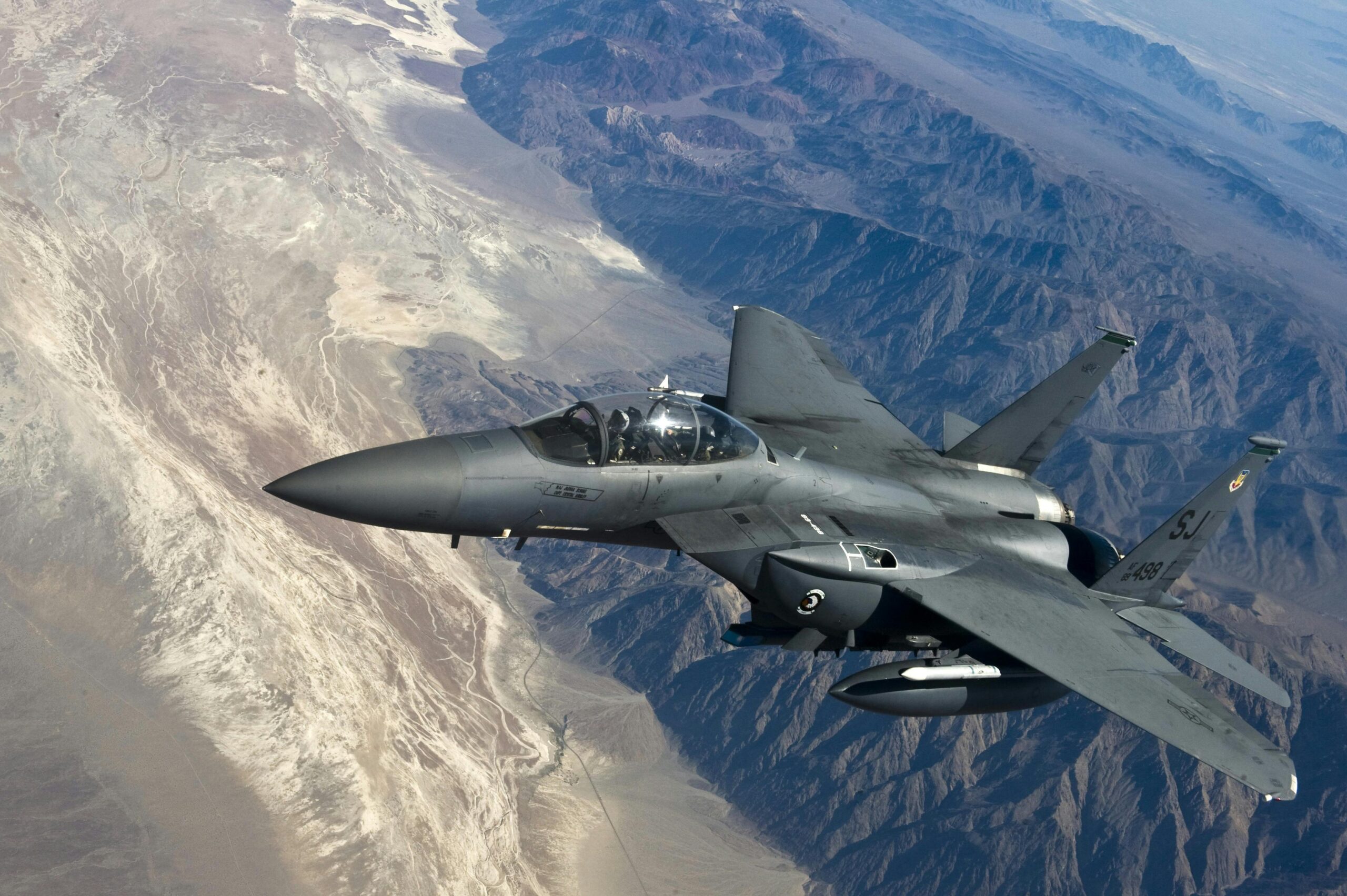Natural Gas: Fueling the Future of Military Aviation
Key Ideas
- The United States Air Force relies heavily on natural gas-derived fuels, with the potential to shift towards low-cost synthetic jet fuels created from hydrogen and captured CO2.
- Advancements in technology allow for the production of synthetic kerosene, the primary component of JP-8 jet fuel, through the combination of hydrogen and captured CO2.
- Different types of hydrogen, such as grey, blue, green, and pink, present opportunities for creating net-zero jet fuel, with natural gas infrastructure playing a crucial role in transportation and storage.
- Utilizing existing natural gas infrastructure can enable military bases to produce hydrogen on-site, reducing the need for extensive transportation and storage of hydrogen, enhancing defense resilience.
The United States Air Force, along with other military branches, heavily relies on advanced fuels to keep their aircraft flying. Natural gas, a major player in the energy sector, is increasingly becoming crucial in the aviation industry. The USAF predominantly uses JP-8 fuel, derived from kerosene, which is made from petroleum. The abundance of natural gas, thanks to the Shale Revolution, has not only provided energy security for homes and industries but has also reduced the Air Force's dependence on foreign oil imports. With the rise of advanced synthetic fuels, natural gas is expected to play a pivotal role in creating low-cost and carbon-neutral jet fuels. One innovative approach involves combining hydrogen with captured CO2 to produce synthetic kerosene, potentially revolutionizing the aviation sector. Different types of hydrogen production, including grey and blue hydrogen, offer solutions for creating cleaner fuels. Blue hydrogen, in particular, captures and sequesters carbon dioxide during production, making it an environmentally friendly option. The existing natural gas infrastructure could be repurposed to facilitate the production and transportation of hydrogen, enhancing the overall sustainability of military aviation. Looking ahead, the integration of green and pink hydrogen, generated from renewable sources, could lead to the development of truly net-zero jet fuel. Natural gas utilities and infrastructure are set to play a critical role in this transformative shift towards cleaner energy sources. The use of natural gas not only ensures the efficient operation of military aviation today but also paves the way for a more sustainable and resilient future.
